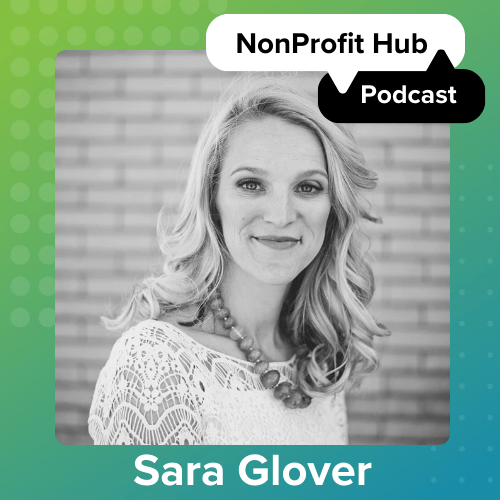This post originally appeared in the July/August issue of our Nonprofit Hub Magazine. Sign up to receive the next issue in your inbox today.
______________________________
We’re all money-chasers in this world. The difference between businesses and nonprofits is what we decide to do with that money.
Think about it—if a nonprofit is doing good but not making much money, they won’t be able to exist for long. When it comes to businesses, they know a thing or two about sticking around for good. Let’s talk about some ways you can run your organization like a business while still maintaining that nonprofit image.
Starting Out: Other Options
When starting a nonprofit organization, it’s important to first determine if there’s a need for your mission. Ask yourself if anybody is already doing what you want to do. Once you’ve determined a direct need exists to form a new venture around your idea, it’s time to decide how you’ll do it.
With the growing options for doing good in the world, a number of do-gooders are opting for B Corporation status instead of 501(c)(3) status. A B Corp does not have a 501(c)(3) status. Instead, B Corps operate as a business and pledge a percentage of their profits, time and resources toward doing good.
B Corps are certified by a nonprofit called B Lab and need to meet certain standards. Those include social and environmental performance, accountability and transparency. B Corps boast the tagline, “people using business as a force for good.” Some notable businesses operating under the B Corp model include Ben & Jerry’s and Warby Parker.
While this model works for some people, it’s definitely not for everybody. Your nonprofit can still be a 501(c)(3) and use business practices to operate.
Aiden Livingston is the founder of Casting to the People and author of multiple books, including a guide for the next generation of social entrepreneurs. He talked about the negative stigma around operating your nonprofit with business practices and its falsity.
“A business is not necessarily an evil thing,” he explained. Let’s explore more of what exactly he’s talking about.
Business Practices—Scalable and Sustainable
Organizations are constantly evolving their missions and striving to be better, which is part of the reason Livingston stressed the importance of the ability to grow in the nonprofit sector.
“Being scalable, being sustainable—if anything that’s the thing people need to strive for,” Livingston said. “It’s not a distraction from your mission, it enables your mission. It helps you to do more good for more people.”
Think of it this way: The more scalable and sustainable your venture, the more likely you are to keep moving forward toward achieving your mission. How can your organization strive for these two paths?
Livingston discussed a duality model where organizations separate their donors from their most loyal and dedicated donors.
For example, charity:water tells their donors 100 percent of their donation goes toward their cause because they segment their donors. Public donations are put entirely toward funding water projects, while private donations cover everything from staff salaries to basic office systems to office rent and supplies.\
“These (private) donors are some of our most dedicated,” charity:water’s site says. “Their investment fuels our long-term mission, our ability to scale as an organization and our mission to continue using 100 percent of public donations for water projects.”
In order to make this model work, organizations must have a strong pool of private donors that believe in funding the overhead because they see all of the great things your organization is doing. While it’s not for everyone, it has proven successful for certain organizations.
Partnerships Can Help You Thrive
Livingston said nonprofits can partner with businesses to both learn best practices from them and to increase donations.
“Strategic partnerships are definitely something I think are underutilized in the nonprofit world,” he said.
When starting your own partnership, find a business that is interested in the mission of your nonprofit organization. Then decide what kind of partnership works best for both parties. It could be strictly matching gifts, it could be a mentorship partnership for your operations or both.
Remember—We’re All in Sales
There’s one last business operation that your nonprofit should pay attention to. Unfortunately in the nonprofit sector, we have sales jobs. It doesn’t sound like what you signed up for, does it? While it may not be the same as a sales job at a for-profit, we still have to sell our organizations. We sell other people on our missions so that they’ll have the same passion we do.
One of the best ways to handle the sales aspect of your job is to learn the best way to tell your story. You truly sell your story when you make a human connection with your constituents. Take some time to look at how some of your favorite successful businesses in the for-profit world are succeeding with their marketing. Most often, you’ll find that they’re telling their stories in a way that connects on a personal level and makes you want to give. Your organization can do the same thing.
____________________________________
Get out there and make operating like a business work for your organization. Whether that means you decide to become a B Corp, you adopt a few best business practices or strike up a partnership and mentorship with a business, get out there and do your best. Business models don’t have to be scary—they can help you succeed.






